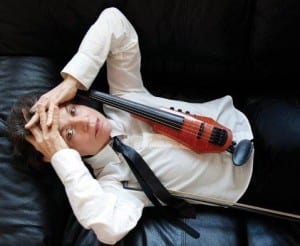In class we were asked to create a piece of work based around a set structure we had been given. This was the start of our creative process. The basic frame to initiate ideas was:
-Lights go black
-Empty Chair in corner
-Spotlight from the side
-A voice is heard
Initially I found it hard to create an idea as to what should happen and found that the reason for my difficulty was that I was thinking too much instead of just allowing idea’s to flow; after all no idea is a bad idea as they can lead you to new and more intriguing thought and vision. Eventually I ended up daydreaming about silly things that made me happy as a person, which then inspired me to go into a piece on emotion. As dialogue, I listed all the things which make my soul happy and give my life joy. Some of the words are silly little things, others play a much bigger role in the happiness of my life. Here is a snippet of the text:
“Animals. Disney. Singing. Friends. Dancing. Summer. Chocolate. Shopping. Puppies. Disneyland. Photographs”
The words are simple and I expect that as more idea’s build so will the dialogue however I wanted the start to be simple and concise. I imagined a person (me) to be sat on the chair delivering the dialogue, reacting naturally to the words as they are spoken. I also wanted bright warm colours such as pinks, oranges and yellows to fill the stage as the dialogue progresses, reflecting the happiness from the words. As influenced by Laurie Anderson’s use of multimedia and from suggestions from others in the lesson, I thought that whilst the words were being spoken, synonyms of the word ‘happy’ would be projected simultaneously such as, ‘cheerful’, ‘elated’, ‘joyous’ and ‘contented’. I then imagined a sudden change of tone with the introduction of a sound effect of either white noise or a door slam. After this, the dialogue would begin again however this time instead of happy words being projected, the words will juxtapose the spoken word. Projected words would include, ‘depressed’, ‘melancholy’, ‘troubled’ and ‘pained’. Whilst this section is being performed, the lights will flicker between the colour and the harsh spot around the chair.
For me Solo performance is a very self-expressive form, as Bonney suggests Solo performance is a, “naked presentation of a single person(a)” (1999, xiv). Although this is only my first initial idea and structural features of the performance are undoubtedly going to change throughout the process of devising, for a solo piece of work I believe that it makes sense for even in a small way the performance to be a personal experience. This personal exploration can then be shared with an audience allowing them to wonder how the piece may be personal to them or someone close to them. Emotions are something which are a big part of my life. As a sufferer of depression, it is difficult to control how I feel on a daily basis and often become a prisoner to my own mind and thoughts. Although naturally I am a happy, bubbly and outgoing person, this part of me is often hidden and for a year I hid the illness I suffered from, in the fear of people changing their perceptions on who I was or judging me for my illness. Luckily I have found the strength to become more confident about it and feel that maybe through performance I can express something personal and important to me whilst reaching out to others who may be suffering with a similar illness or at least make the whole thing less of a taboo subject. Regardless of where my performance goes, I know that song will be an important part as it the one performance method which gives me the most fulfilment. I hope to play with these ideas further as the weeks go on.
Works Cited
Bonney, Jo (ed.) (2000) Extreme Exposure: an anthology of solo performance texts from the twentieth century. New York: Theatre Communications Group
